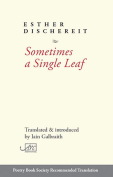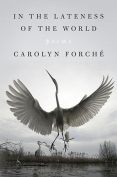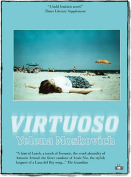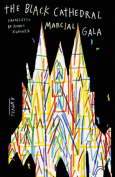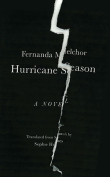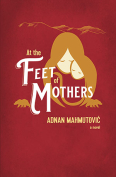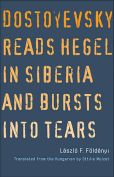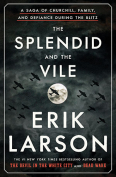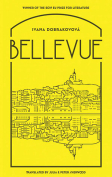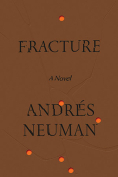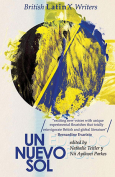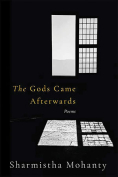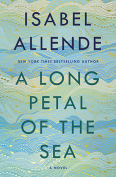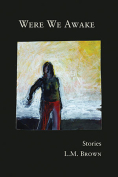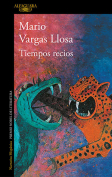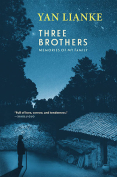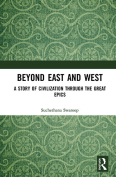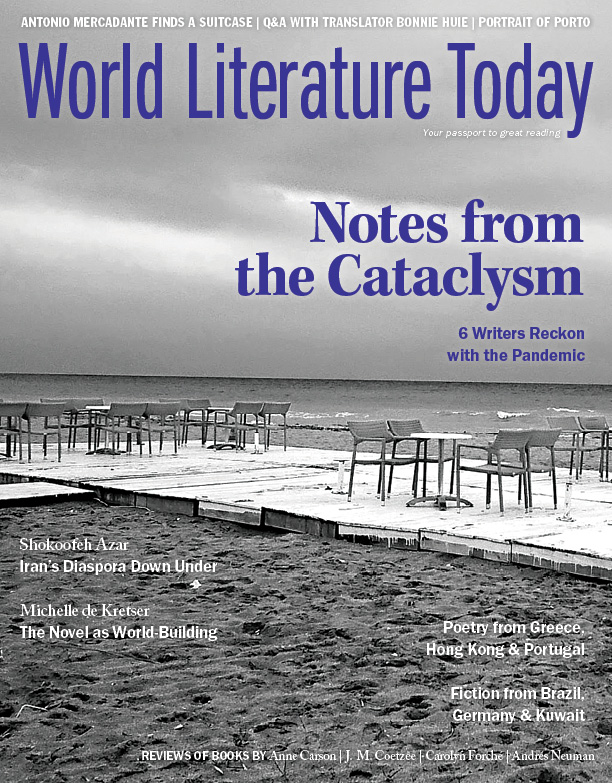A Long Petal of the Sea by Isabel Allende
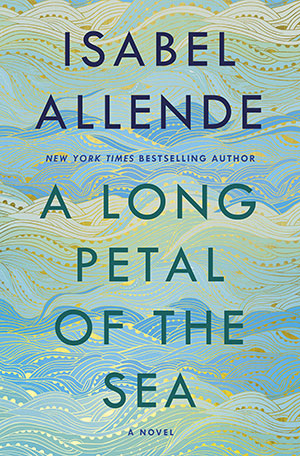 New York. Ballantine. 2020. 318 pages.
New York. Ballantine. 2020. 318 pages.
THANKS TO THE WORK of Nick Caistor and Amanda Hopkins, English audiences can experience the latest offering from the historical fiction artist, Isabel Allende. A Long Petal of the Sea takes readers from 1930s Spain to France, Chile, and Venezuela; it concludes in Chile in 1994. As the journey unfolds, the family of protagonists becomes so round and relatable that a reader is left with not only an increased knowledge of historical and political events but a genuine sense of loss when the book concludes.
The narrative opens on the battlefield. A young soldier is dying, and Victor Dalmau, a medical assistant, leaves his assignment to render aid. We follow Victor home and are introduced to his parents, Marcel and Carme; his brother, Guillem; and Roser Bruguera, a prodigy who lives with the family to study music with Marcel. When Franco’s forces seize control of Catalonia, the family joins other Republicans in fleeing the atrocities of the new regime by crossing the border into France. The displacement will continue for the life span of the characters as they make their way to temporary safeties, one after another; the most notable transition is perhaps their passage from Europe to Chile on board the SS Winnipeg, chartered by Chilean poet Pablo Neruda—each chapter of A Long Petal begins with a verse from a Neruda poem.
Allende is the niece of Salvador Allende, president of Chile from 1970 to 1973. Her investment in the twentieth-century political landscape is evident in its razor-sharp depiction. A reader gets a genuine sense of the turmoil occurring around the globe in a time before transnational citizenship/identity was commonplace. The Dalmaus represent the multitudes that cross borders, mountains, and oceans to find homes where they can not only survive but thrive.
A couple points of critique: the wide scope of the novel creates some segments that tend to be less engaging than others. Also, the rich, smooth, flowing English prose of Allende’s earlier translated works is missing, replaced with flat, repetitive sentence patterns in places. Regardless, the work is certain to find its rightful place in the ever-growing collection of refugee literature as well as in Allende’s personal canon. It is well worth a read.
Joy Walsh
Butler, Pennsylvania










